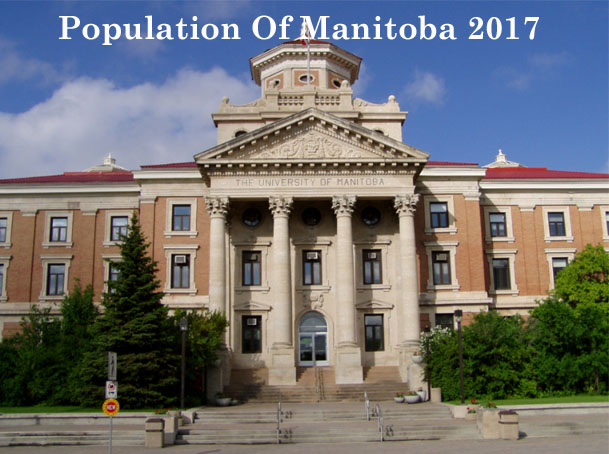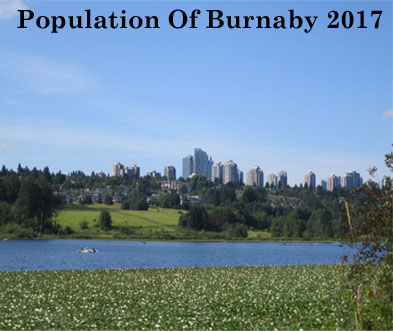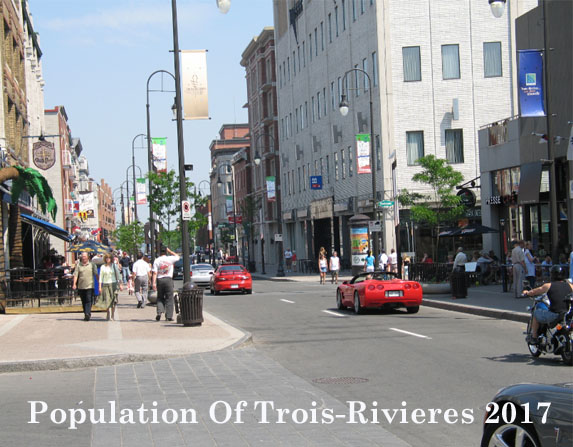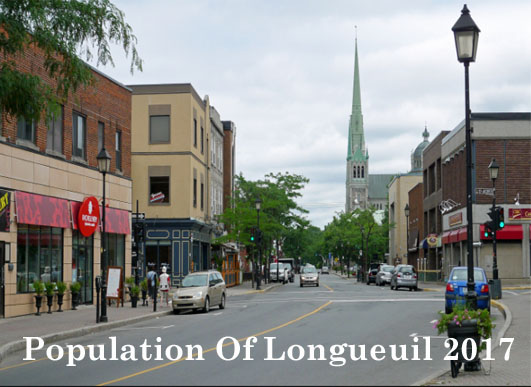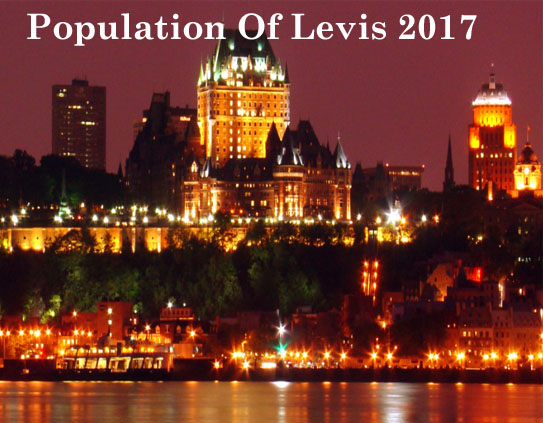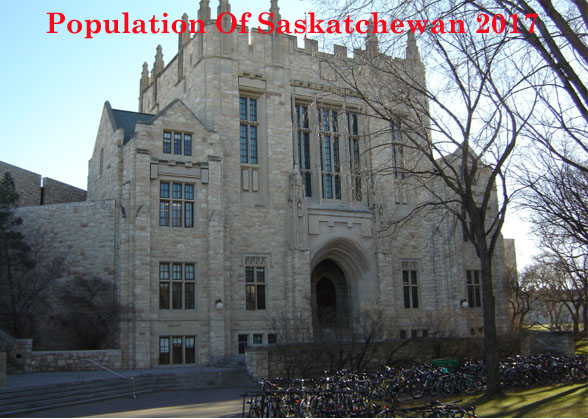Gatineau is a city situated in Quebec, Canada. It is the fourth biggest city in the region after Montreal and others. It is situated on the northern bank of the Ottawa River, promptly opposite Ottawa, together with which it structures Canada’s National Capital Region.
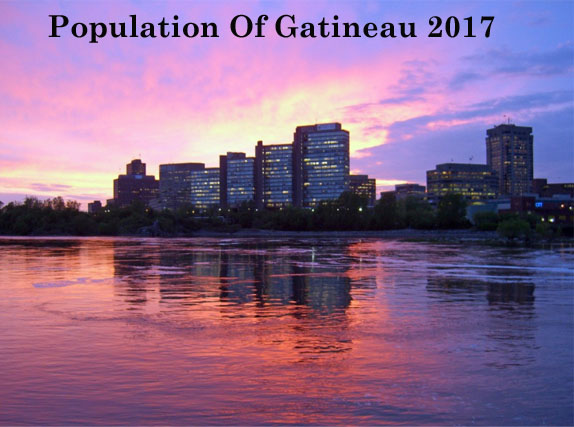
Various provincial government workplaces are situated in Gatineau, because of its vicinity to the national capital and its status as the primary town of the Outaouais area of Quebec. The Gatineau-Ottawa Executive Airport is Gatineau’s civil airplane terminal, fit for taking care of small jets.
POPULATION OF GATINEAU IN 2017:
Starting 2011, it had a population of 265,349 and a metropolitan population of 314,501. Somewhere around 2001 and 2006 there was a net influx of 5,205 individuals who moved to Gatineau from outside of the Ottawa – Gatineau territory. There was likewise a net out-migration of about 630 Anglophones.
Talking about population, in order to check out the population of Gatineau in 2017, we need to have a look at the population of the past 5 years. They are as per the following:
- 2012 – 271,578
- 2013 – 284,169
- 2014 – 297,456
- 2015 – 312,523
- 2016 – 334,471
Taking a look at the population of Gatineau from the year 2012-16, it has been noticed that there has been an increase of 62,893 in the past 5 years. Therefore, it has been seen that every year the population increases by 12,578. Hence, the population of Gatineau in 2017 is forecasted to be 334,471 + 12,578 = 347,049. So, the population of Gatineau in the year 2017 as per estimated data = 347,049.
Gatineau Population 2017 – 347,049(Estimated)
DEMOGRAPHY OF GATINEAU:
Around 83% of the population recognized as Roman Catholic in the year 2001 while 7% said they didn’t belong to any religion and 5% consisting of Protestant. Around 1% of the population recognized as Muslim, 0.5% as Jehovah’s Witnesses, 0.2% as Eastern Orthodox and 0.2% as Buddhists.
The region is home to more than five thousand new migrants (i.e. those touching base somewhere around 2001 and 2006), who currently comprise of 2% of the aggregate population. 11% of these have originated from Colombia, 10% from France, 7% from China, 6% from Lebanon, 6% from Algeria, 4% from Romania, 3% from the United States and 3% from Congo.
POPULATION DENSITY AND GROWTH OF GATINEAU:
It has a populace density of 773.7 persons per square kilometer. As indicated by the 2011 registration, the city had a population of 265,349. This was an expansion of 9.6% contrasted with 2006. A large portion of the population lives in the urban centers of Aylmer and the former Gatineau. Gatineau is the fourth biggest city in Quebec after Montreal, Quebec City and Laval. The city has a population growth rate which is resulting in growing numbers each year.
FACTS ABOUT GATINEAU:
- Gatineau is the city of permit for a few TV and radio stations serving the National Capital Region, which is a solitary media market.
- It serves as the seat of the judicial area of Hull, which includes the sum of the city of Gatineau and in addition a few external lying regions, for example, Chelsea and Pontiac.
- A large portion of the city is on level ground yet the Northern and Eastern parts lie on the beginnings of the foothills of the monstrous Canadian Shield or Laurentian Mountains.
- Two main vacation spots situated in Gatineau are the Canadian Museum of History and the Casino du Lac-Leamy.
- Various federal and provincial government workplaces are situated in Gatineau, because of its closeness to the national capital and its status as the primary town of the Outaouais district of Quebec.
Find Latest Gatineau Population in 2018

